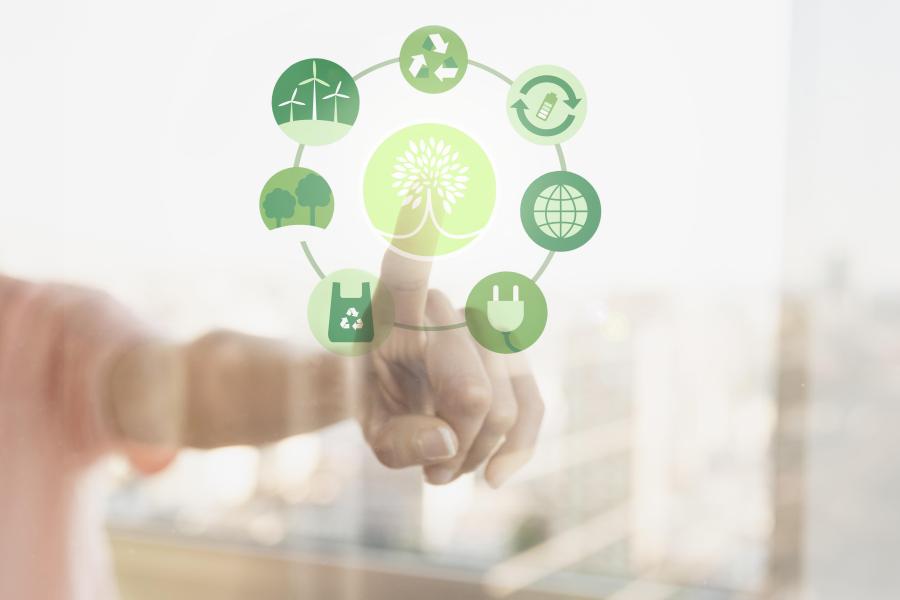

Copyright © 2023 Yalla Deals.

The United Nations development program (UNDP) have recently introduced a new technology that will allow us to turn plastic waste into bricks. Plastic waste has been a significant issue in Nepal's expanding cities, as it has been in many other nations, mostly due to its complicated makeup. Plastic wastes, in contrast to other biodegradable wastes, do not break down for a very long time and as a result present various serious environmental problems that have an impact on all living forms, natural ecosystems, and the economy.
Following a rigorous process of scientific testing and approval, the brick technology was presented. The potential of combining various amounts of plastics with concrete through the cold production chain without using heat was investigated by GRWM and UNDP's Accelerator Lab.
How is it made?
When the shredded plastic is combined with sand and heated to a high temperature, a sludge is created that is then molded into various sized blocks, the outcome is a paver that is between two and seven times stronger than concrete, half as heavy, and as much as 15% less expensive. This could mean more affordable real estate and a more sustainable way of living for humans.
But does it work as well as concrete?
Since plastic is naturally fibrous, the distinctive manufacturing technique prevents air pockets from accumulating inside the bricks. As a result, they have more compression strength than regular paving stones, which can break under extreme pressure or prolonged exposure to the elements. So, this means that plastic bricks might actually be more durable and longer lasting!
What characteristics make this innovation economical?
Two things are notable. This invention encourages a circular economy and is incredibly cost-effective. As previously stated, sand, greater density plastics from industry waste, and lower density plastics from different recyclers are combined to create the bricks. The plastic bricks promote recycling by giving production waste a purpose. Local recyclers are where people purchase lower density plastics. This creates employment and encourages recycling in the neighborhood.
Plastic that was once considered waste and would have remained waste for hundreds of years has now been transformed into a straightforward, high-quality product. As a result, the bricks are unquestionably a part of a more sustainable approach.
References: